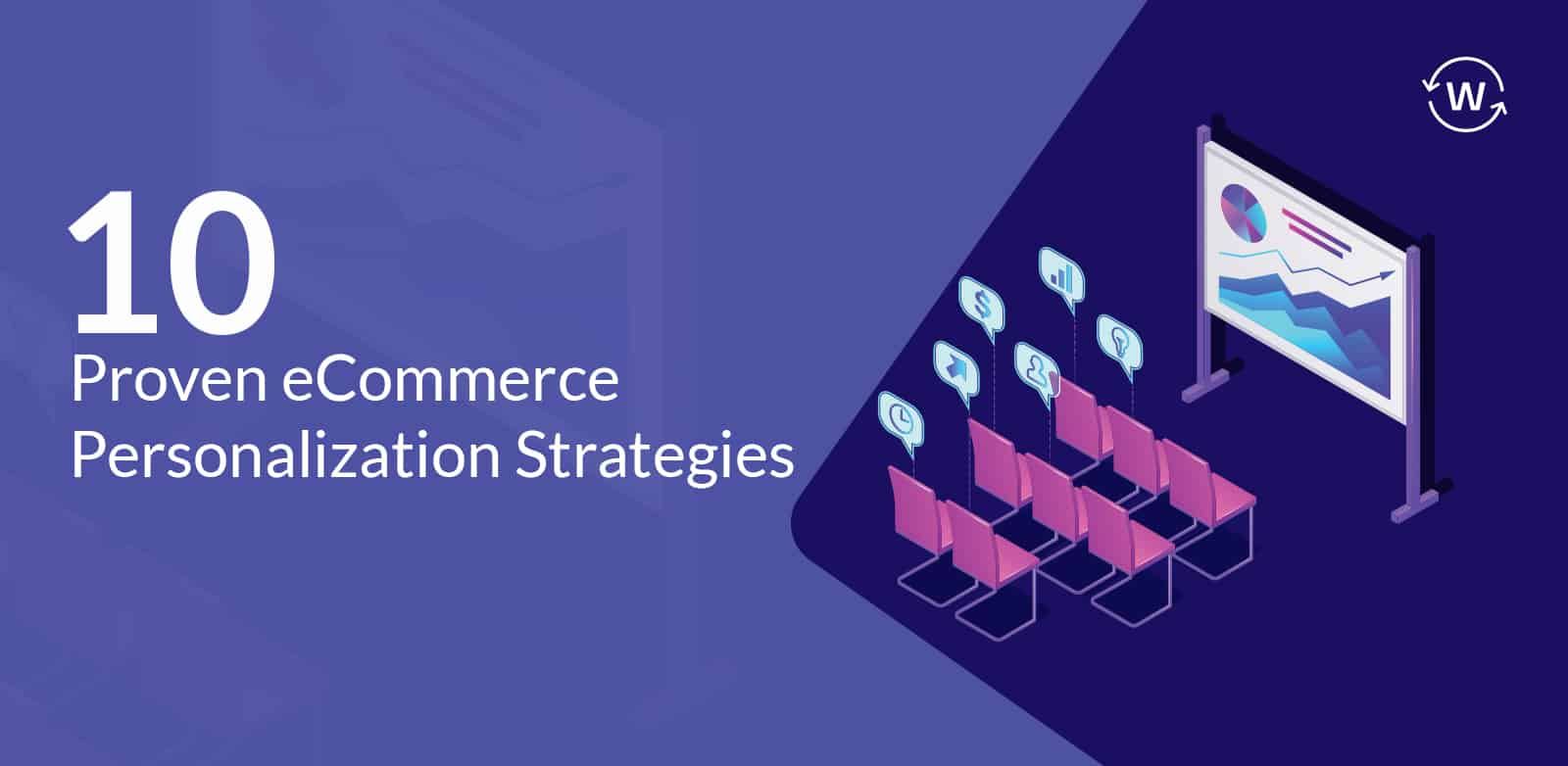Ecommerce Personalization is the term coined for online store owners where the business is practiced based on creating personal interactions and experiences on eCommerce sites by dynamically showing content, media, or product recommendations based on the browsing behavior of a customer, purchase history data, demographics and psychographics.
In simple words, it is a tactic where an online store’s content is tailored in real-time for an individual user based on their search history.
Gartner sourced “This year smart personalization engines used to recognize customer intent will enable digital businesses to increase their profit by up to 15%”
Personalization ensures that your offers are relevant so you can see your own lift in sales. It’s impossible to over-emphasize the importance of personalization in eCommerce. The contemporary trends in eCommerce personalization suggest that visitors want more of personalized experience.
Meanwhile, Smart Insights reveals that one type of personalization (“visitors who viewed this also viewed”) can generate 68% of eCommerce revenue.

Why is eCommerce Personalization important?
The reason why it’s so crucial to personalize? Because no business wants to miss out on that share of the revenue. The future of eCommerce belongs to brands who create unique experiences that apprehend the attention of customers and attract them to keep coming back. To do this, 94% of companies see personalization as critical to their ongoing and future success.
Whether personalization intimidates you, or you love it, more than 70% of consumers get frustrated when website content has nothing to do with them.
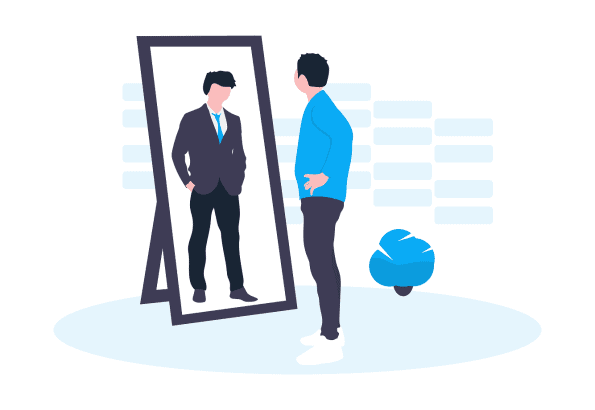
Before we get to the eCommerce personalization strategies, quickly giving you some tips to keep in mind.
1. Segmentation is key to getting personalization right. Whether visitors are new or returning, where they’re coming from, the device they’re using, and their behavior on your site all make a difference to the offers you show them.
As you’ll see, this is where Wigzo stands out among eCommerce personalization tools. It carries out fine-grained, smart targeting at a fraction of the cost of other eCommerce personalization software.
2. Always be aware of the customer experience. As Shopify points out, good eCommerce personalization should:
- Meet users’ needs
- Avoid turning visitors off with poor recommendations
- Be used only where the potential return justifies your investment
Let us take a look at some good strategies to personalize your eCommerce.
eCommerce Personalization Strategies
Create Personalized Bestseller Lists
People are drawn to popular products. You can get creative with this approach for sure. For instance, instead of ranking products by sales, try displaying the most reviewed or divide the data by location. Find the factors that work best for your products and resonate with your visitors the most.
Local Weather-Based Targeting
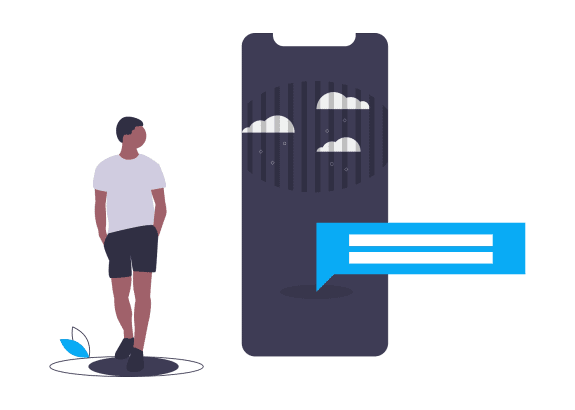
Showing items to logged-in users based on their previous actions on the site, promotions, should all be weather-sensitive. The practice of targeting consumers by local weather. In other words, serving ads, or delivering promotions that correspond to the viewer’s weather conditions whether present, past or future.
Get Personal in Email Marketing
Email is one of the most potent channels for eCommerce marketing. Hopefully, email is already a big part of your marketing strategy. By adding personalization, you can make even more out of your emails.
Here are some personalization tactics you can start using in your email marketing strategy:
- Personalize email subject lines
- Celebrate birthdays and anniversaries
- Send emails based on user behavior
- Re-engage inactive leads
Make More Personal Recommendations
eCommerce retailers can use what they know about their customers’ previous behavior to show the most relevant content when they search. You probably know the importance of product recommendations for e-commerce by so personalized product recommendations account has a significant effect on conversion rates.
Suggesting similar or complementary items on product pages is almost a must-have for e-commerce sites these days
But how can you make more personalized recommendations without being pushy? My favorite tactic is using product recommendations on abandoned cart emails, quick, effective and simple!
User-Based Personalization
No two visitors are the same! Users who land on your site for the first time and your returning visitors have different needs and lookout in mind.
Then why offer both of them the exact same thing, while you can easily personalize.
Not every visitor becomes a customer on the first visit and not one size fits all!
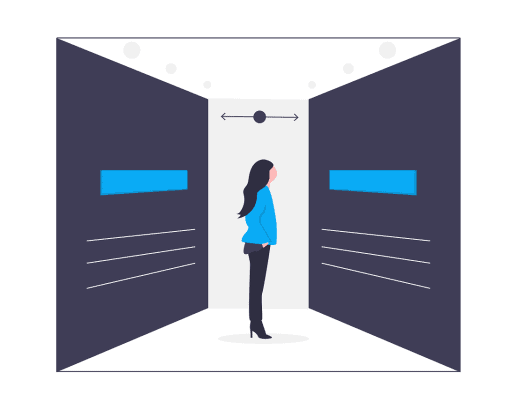
So you can offer first-time visitors an incentive/bonus/introductory discount coupons to sign up for your email list and attract them to visit you again.
One way to drive more sales with eCommerce personalization is to continue marketing to visitors even after they leave your site by sending follow up emails and personalized newsletters to alert customers to deals on items they’ve seen.
Create Campaigns Based On Location
Asking the visitors or through cookies, most e-commerce sites get to know where their visitors are coming from or where they want their products to be shipped.
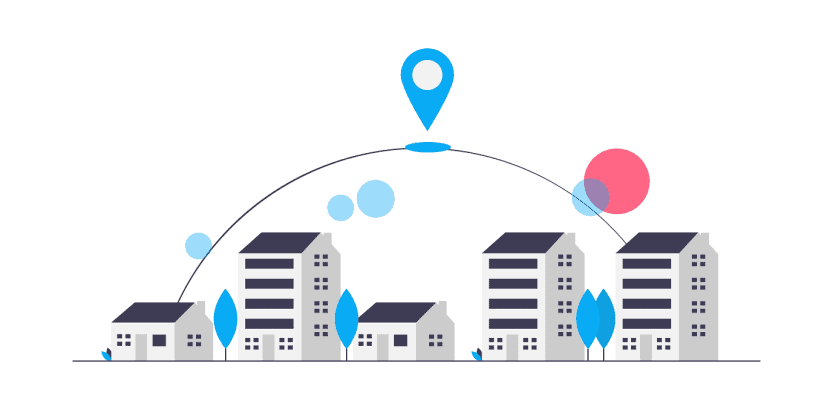
So why not use this valuable information to provide more accurate results for the users?
Location-based targeting is your ticket to big wins!
Customizing product pages based on location is although a simple adjustment but it improves the shopping experience to a great extent. And there are many different ways you can use this information and be more relevant to your visitors.
Geo-Location Targeting feature allows you to segment your visitors by location to show appropriate offers to each group. Geo location-based targeting is a personalization strategy that focuses more on the intent and interest of the users based on the location they are situated in.
Sort Products By Recent Engagements
How often do we all casually browse through a company’s products especially when there’s a sale but not with a strong urge to buy them?
Even though I trust my visual memory, at least I don’t remember all the product pages I’ve visited, too bad! because if I visited a product page, it means I’m interested in it. So at this point, I could use some help from the store.
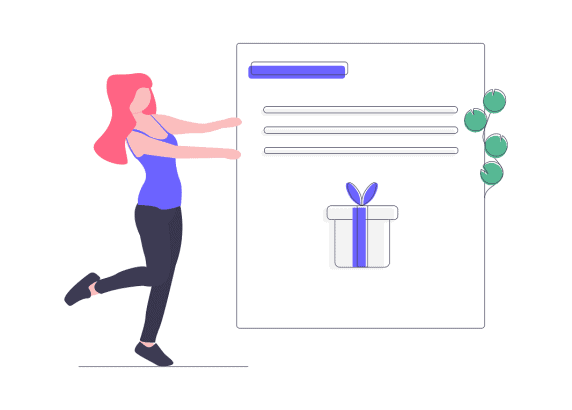
One needs to go beyond sorting products by newness, rating or price, to gauge how interested shoppers are in certain products based on the time they’ve spent browsing product pages. That means each customer will see a order differently classified.
Unleash the Immense Potential of Personalized Retargeting

Retargeting is a marketing approach to engage users with seamless experiences in order to lure them into the sales funnel. It helps you boost user engagement to eventually improve your Life Time Value (LTV).
Even if a visitor leaves your site, there are ways to get their attention back through retargeting on social platforms. In order to make this approach successful, you have to choose your timing and promote products wisely. One of the most exciting things you can do is granulated retargeting. The value of a site visitor declines the longer they’ve been away from your site, so you can save a lot that you spend on ads.
Show Personalized Offers to Returning Visitors
Some of the best eCommerce personalization examples target shopping cart abandonment by inveigling visitors back to your site. Since eCommerce sites have an average of 69% cart abandonment rate according to Baymard Institute, targeting abandoners is the only way to recover revenue.
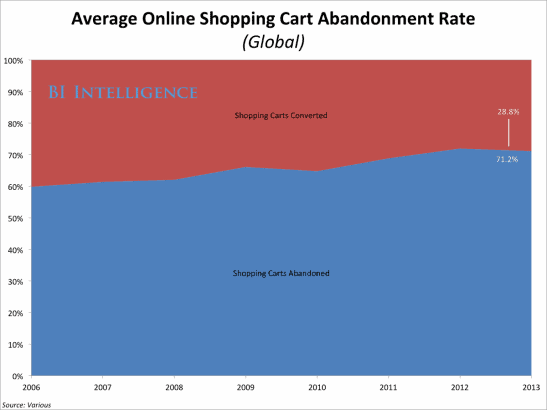
This approach remembers your visitor’s selected items and preferences through previous sessions and makes it easier for them to pick up right where they left off. This algorithm has shown to be very valuable by making it easier for your visitors to buy.
Create Personalized Banners For Homepage
When personalized, homepage banners show different products based on visitors’ previously demonstrated interests, they achieve a higher clickthrough rate of up to 26% and a conversion rate of 18%.

Homepages are the front door to your online store. Now that your potential customers are already at your door, it’s up to you to greet them in the best way possible or shush them off with boring irrelevant banners and personalization is the key to success.
Unlike brick-and-mortar shops, online stores have the possibility to get to know their visitors up close and personal in just one visit—thanks to cookies.
Trends that are changing the scenario of eCommerce personalization:
- Businesses are immersed in omnichannel personalization.
- Retailers let shoppers continue from where they left off
- Machine learning is improving personalization efforts
- Businesses are providing personalized pricing
- Businesses are making smarter recommendations in social retargeting
Why Do Personalization Strategies Work?
- They give a sense of being part of a crowd of the users.
- They aren’t very “saleSY.”
- They encourage users to view more products.
- They are engaging and catchy.
Conclusion
Personalization is an amalgamation of data science with data intelligence and Man’s intelligence combined with the right machines. It can make a progressive personalization system to sustain itself. Start small, with simple personalization scenarios. In the long term, it will pay off.
E-commerce personalization is not a fad. It’s here to stay. Your customers are wanting a more personalized shopping experience and they’re willing to share personal information in exchange.


